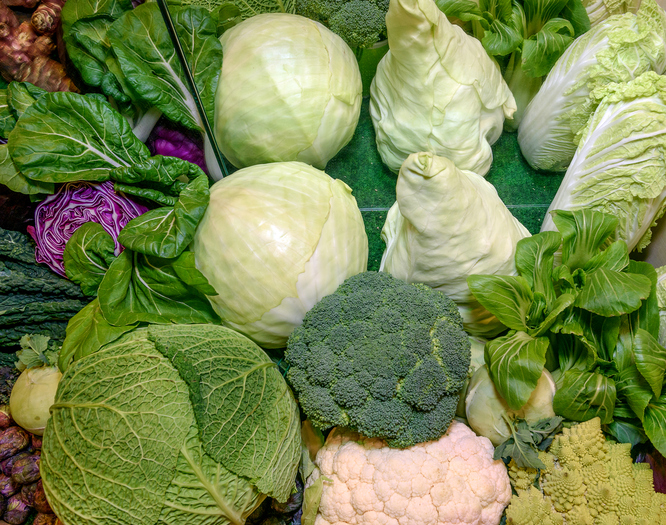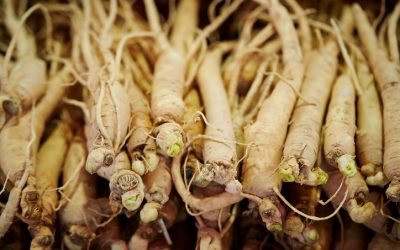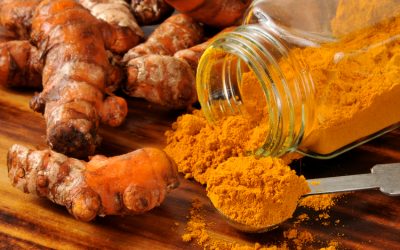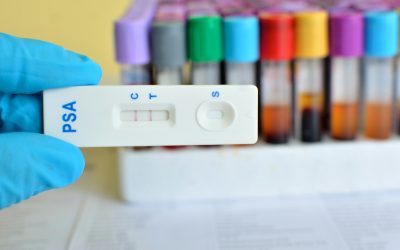The Study of Sulforaphane Used as a Chemopreventative Measure
Sulforaphane is a natural product released after consumption of cruciferous vegetables. Cruciferous vegetables are a family of vegetables containing cauliflower, broccoli, brussels sprouts, cabbage, bok choy, kale, collard greens, and several other leafy vegetables. Sulforaphane is immensely beneficial to human health through anti-microbial activity, toxicity reduction, and potential anti-cancer properties. Cruciferous vegetables play a key role in depleting the risk of cardiovascular disease and numerous types of cancer such as breast, colorectal, lung, and prostate cancers. With such a wide-spanning array of vegetables that contain sulforaphane and such drastic health benefits, sulforaphane is a pivotal component of cancer research.
Chemoprevention is a therapeutic measure that utilizes natural, nontoxic compounds to impede carcinogenesis. Sulforaphane is an example of a chemopreventative treatment, used to obstruct the transformation of healthy cells into tumor cells after an individual is exposed to a carcinogen. Specifically, sulforaphane inhibits enzymes that activate carcinogenic species and reduces the harmful, oxidative state of cancer agents.
A recent forum review summarized the results of several anti-cancer studies that employed sulforaphane as a treatment measure. An impressively large content of research is available that studies the biochemical mechanisms of sulforaphane, along with the clinical applicability of this supplement. Sulforaphane chemoprevention is utilized to target self-renewable tumor cells through a dietary compound. Sulforaphane achieves this prevention by altering cellular mechanisms and modifying cellular pathways that exacerbate cancer cells.
The literature recommends 3-5 servings of cruciferous vegetables per week to reduce the risk of cancer development by levels up to 40%. Consuming these vegetables can also decrease malignancies in tumors located in the breast, prostate, lung, pancreas, and colon. Sulforaphane additionally has been associated with reduced incidence of oxidative stress, pollution-derived injuries, and hypertension.
This study review highlighted the difficulty in formulating a sulforaphane supplement that is bioavailable and effective. A supplement for sulforaphane must be stable as to ensure all components of the compound are in tact to exert full effect. Risk factors such as genetic pre-disposition and smoking display overriding effects on the benefits of sulforaphane, so results may vary between individuals. The next steps in this process are to go through FDA approval for a bioavailable sulforaphane supplement in clinical usage.
The supplement is necessary because unrealistic dosages are required in the human diet to achieve the true prescribed benefits for cancer treatment and prevention. Studies are currently recommending the use of sulforaphane in concert with other anti-cancer medications, to exhibit a more effective additive result. However, with such a large scope of health remedies, the undeniable positives of consuming cruciferous vegetables will continue to be reviewed to significantly deplete the incidence of chronic diseases like cancer and cardiovascular-related disorders.
Reference
Tortorella S.M., Royce S.G., Licciardi P.V., Karagiannis T.C. “Dietary Sulforaphane in Cancer Chemoprevention: The Role of Epigenetic Regulation and HDAC Inhibition.” Antioxidants & Redox Signaling 22(16): 1382-1424. doi: 10.1089/ars.2014.6097.



